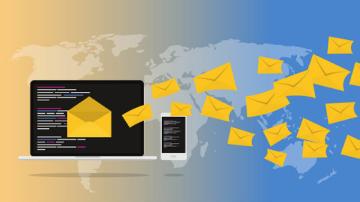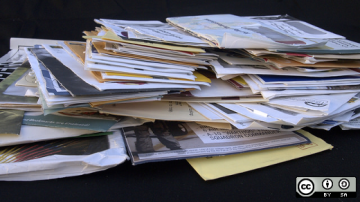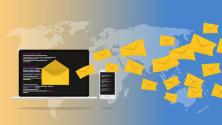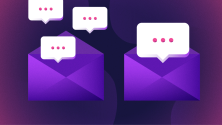In prior years, this annual series covered individual apps. This year, we are looking at all-in-one solutions in addition to strategies to help in 2021. Welcome to day 7 of 21 Days of Productivity in 2021.
There are lots of ways people manage email. Most people I have talked to over the past few years fall into one of two categories: The people who keep everything in their Inbox folder, and those who do not. For those that do not, the concept of Inbox Zero comes into play frequently.
Do you think the role you are responsible for at work -- developer, engineer, SRE, sysadmin, product manager, community manager, etc -- might play into which category someone falls into?
Inbox Zero is a term coined by Merlin Mann in 2006, and it looks self-explanatory. Inbox Zero is an empty Inbox, right?

Mailspring says I did it! (Kevin Sonney, CC BY-SA 4.0)
If this were the case, Inbox Zero would be really easy to achieve. Just mark everything read and move it out of the Inbox. Who cares if it needs attention, scheduling, or some sort of action?
That is not the purpose of Inbox Zero. That is declaring Inbox bankruptcy, a term popularized by Lawrence Lessig. Basically, Inbox bankruptcy is deciding there is too much to deal with, saying "to heck with it," and starting over from scratch.
Inbox Zero is about considering all the pending messages, deciding what to do with them, and then actually doing it. How can this be done quickly? My personal process is to scan everything and move anything that does not require action or my attention to a "Read Later" folder. These are usually messages like mailing lists, blog updates, and social network notifications. I can read them later if I have time or need a mental break from other things.

My folder setup (Kevin Sonney, CC BY-SA 4.0)
The next step is to start reading what is left. If the email is a task I can do in under two minutes, I just do it. This includes confirming or declining meetings, adding a conference link to a meeting, or simple queries that I can reply to right away. These all get moved or archived and are then out of the Inbox.
Finally, there should be a list of messages that require more in-depth thought, scheduling for the future, or lots of focus. These get put on my to-do list or calendar with deadline reminders, so I have dedicated time to work on them. Once these are scheduled, I move them to folders related to their topic. For me, these are tasks like reading comments on one of my podcasts, git pull requests, and lots of work-related emails.
Oh look, more email (Kevin Sonney, CC BY-SA 4.0)
Hopefully, at this point, my Inbox is empty or close to it, and I can close my email program and not look at it for a few hours. As we discussed in an earlier post, email is not instant messaging and does not need monitoring 24x7.








Comments are closed.